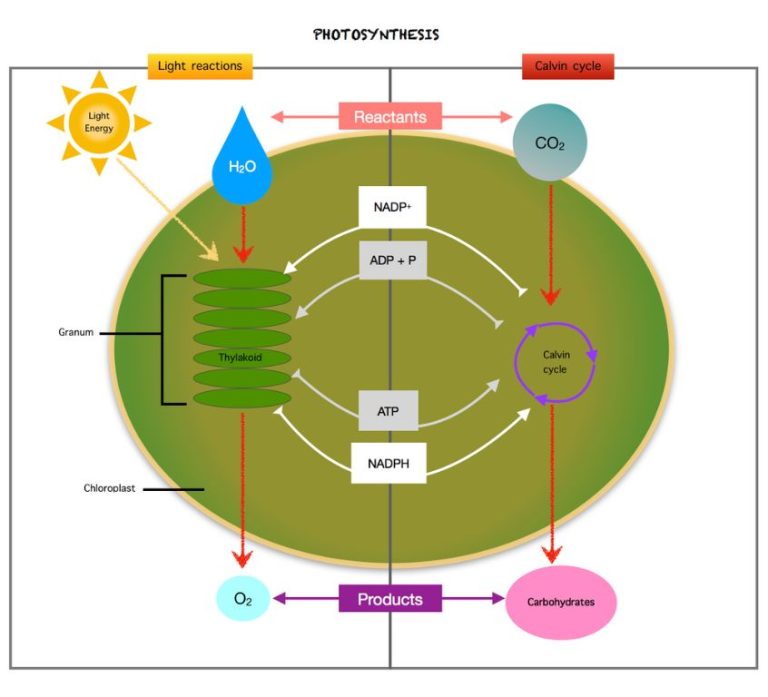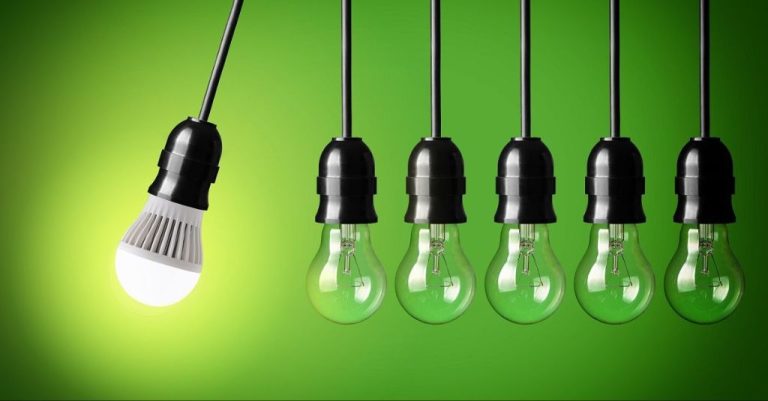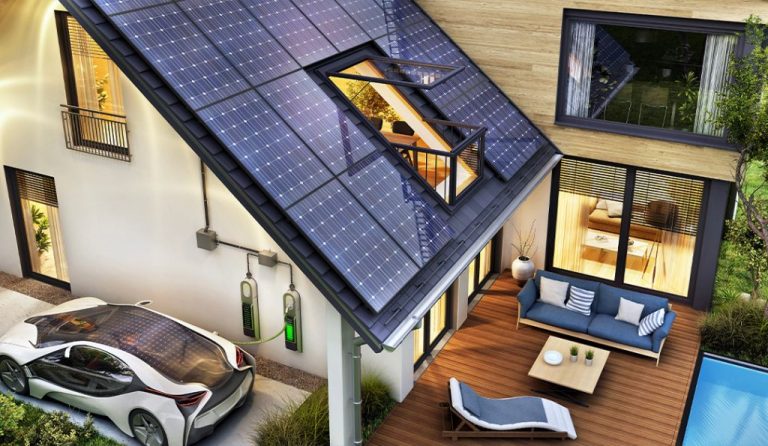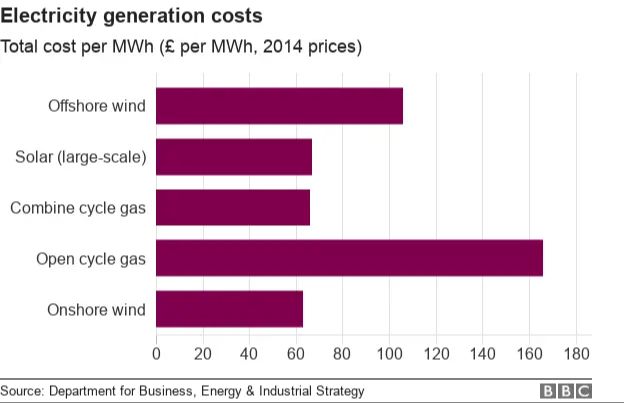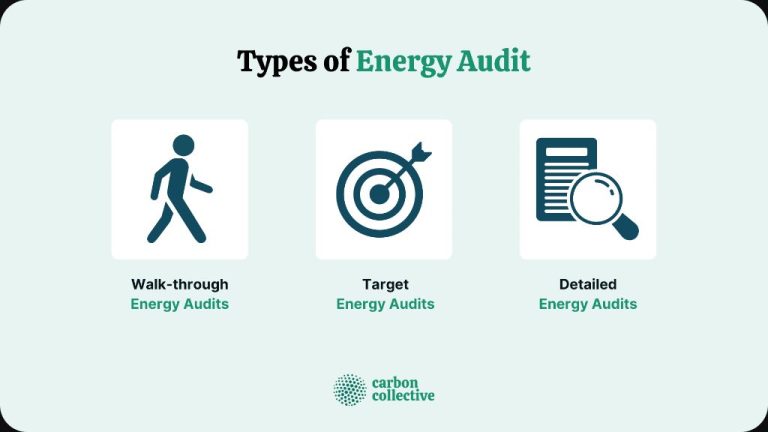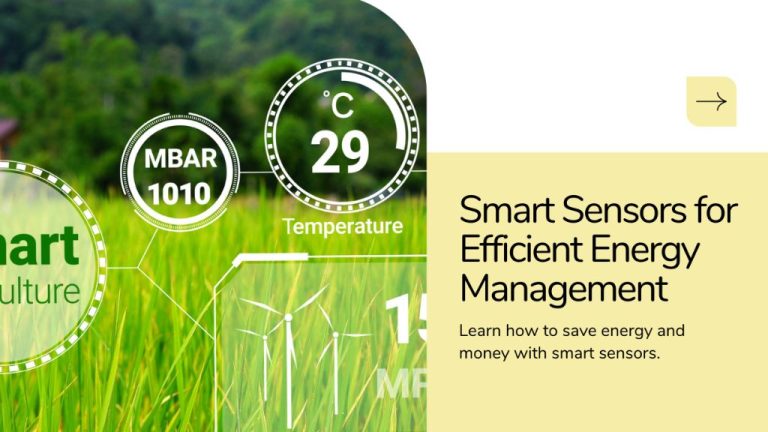What Is The Best Form Of Energy Storage For Renewable Energy?
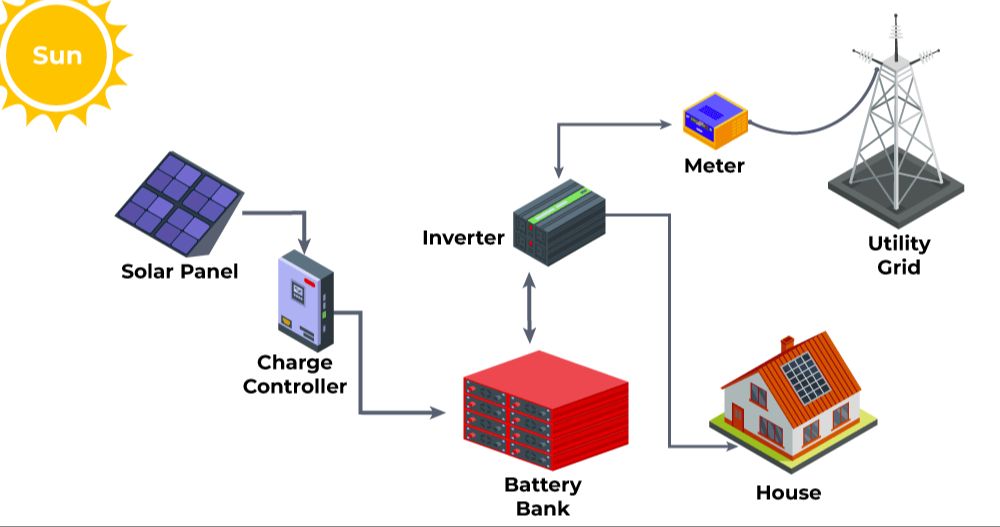
Renewable energy sources like solar and wind have intermittent power generation that depends on environmental conditions like sunlight and wind speed. Energy storage is critical for overcoming this intermittency and enabling wider adoption of renewable energy. Energy can be stored when generation exceeds demand and then discharged when demand exceeds generation, providing smooth and reliable power output.
There are several promising energy storage technologies for renewable energy including pumped hydro storage, compressed air energy storage, flywheel energy storage, lithium-ion batteries, flow batteries, hydrogen energy storage, and thermal energy storage. Key factors to consider are storage capacity, efficiency, lifespan, scalability, and cost. This article provides an overview of the leading energy storage technologies and compares their advantages and limitations.
Pumped Hydro Storage
Pumped hydro storage works by using excess electricity to pump water uphill into a reservoir, which can then be released through turbines to generate electricity when needed. This allows energy to be stored in the form of gravitational potential energy of water. Pumped hydro is currently the largest-capacity and lowest-cost form of grid energy storage available (Statista). As of 2022, global pumped hydro storage capacity was around 182 GW (LinkedIn).
The main advantage of pumped hydro is its high storage capacity and low cost per kilowatt hour relative to other energy storage technologies. However, finding suitable sites with the right geography and sufficient water supply can be a challenge. Pumped hydro plants require reservoirs separated by an elevation difference of at least 300 meters, with the upper reservoir usually being artificially created. This geographical constraint limits the expansion potential of pumped hydro. Overall, pumped hydro provides a proven, cost-effective solution for large-scale energy storage, especially when coupled with variable renewable sources.
Compressed Air Energy Storage
Compressed air energy storage (CAES) works by using excess electricity to compress air into an underground storage cavern or tank. The compressed air acts as a battery, storing energy. When electricity demand increases, the compressed air is released to turn a turbine and generate electricity [1]. Most CAES plants use underground salt caverns to store the compressed air, but some use above-ground steel tanks [2].
CAES is scalable to utility-level capacity and can respond quickly to grid demand, but has low round-trip efficiency of around 50-70% and high startup costs. However, CAES avoids the degradation issues of batteries and provides large-scale long-duration storage. Ongoing research on advanced adiabatic CAES aims to improve efficiency by capturing waste heat during compression [3].
Flywheel Energy Storage
Flywheels store energy in the form of kinetic energy by accelerating a rotor to a very high speed. When electricity is abundant, it is used to spin up the flywheel, storing energy kinetically in the rotating mass. When electricity is needed, the flywheel’s rotation is slowed down, which turns a generator to produce electricity. Flywheels can respond to demands for electricity very quickly because it only involves speeding up or slowing down the already spinning rotor.
Flywheels have very fast response times compared to other energy storage methods since the rotor is already spinning and ready to discharge energy. However, flywheels suffer from high self-discharge rates as friction slows the rotor over time. The high rotational speeds also introduce safety issues and require complex mechanical engineering for the bearings and rotor. Despite fast response advantages, flywheels have found limited applications in grid energy storage due to expense, complexity, and capacity limitations compared to alternatives like lithium-ion batteries.
Lithium-Ion Batteries
Lithium-ion (Li-ion) batteries are currently the most popular type of rechargeable battery for portable electronics and electric vehicles. They have high energy density, low self-discharge, and no memory effect. Li-ion batteries use lithium ions as the charge carriers between the positive and negative electrodes. On the positive electrode, lithium ions are embedded in a metal oxide material such as lithium cobalt oxide (LCO). On the negative electrode, lithium ions are stored in a carbon material such as graphite. During discharge, the lithium ions flow from the negative to the positive electrode through the electrolyte and separator diaphragm. During charge, an external voltage reverses the flow of ions back to the negative electrode [1].
Li-ion batteries are well-suited for grid energy storage applications because of their high energy density, low self-discharge rate, and flexible formats. Large grid storage systems can be built using thousands of small Li-ion cells, similar to electric vehicle battery packs. Advantages of Li-ion batteries include falling prices due to economies of scale, long lifetimes with proper thermal management, and high round-trip efficiencies of 90-95%. However, safety is a concern due to the flammable electrolyte. Proper battery management systems and thermal controls are necessary to prevent overheating and thermal runaway [2].
Flow Batteries
Flow batteries work differently than conventional batteries in that they store energy in external electrolyte tanks instead of within the battery itself. They work by pumping liquid electrolytes past a membrane where an electrochemical reaction takes place to charge or discharge the battery. The external tanks allow the energy capacity to be scaled by simply increasing tank size. This provides great flexibility compared to standard batteries where the energy capacity is fixed based on the size of the battery [1].
Flow batteries have the potential for very low costs since tanks and membranes are cheaper than electrodes and don’t degrade as quickly. However, current flow battery designs have relatively low energy density, so large tanks are needed. According to a MIT study, flow batteries currently have an LCOS of around $200/MWh [2]. Improvements in membrane and electrolyte chemistry that increase energy density could enable lower costs in the future.
While not yet economical for large-scale deployment, flow batteries show promise as an energy storage solution if energy density and costs can be improved.
[1] https://www.nrel.gov/docs/fy21osti/79236.pdf
[2] https://eepower.com/market-insights/comparing-the-cost-of-chemistries-for-flow-batteries/
Hydrogen Energy Storage
Hydrogen energy storage involves using excess electricity to produce hydrogen via electrolysis of water. The hydrogen gas can then be stored and later converted back to electricity in hydrogen fuel cells when needed. This allows hydrogen to potentially serve as a long-duration energy storage medium.
However, hydrogen storage systems currently have very high costs compared to alternatives. According to analysis by the Pacific Northwest National Lab, capital costs for hydrogen storage systems can be $2,000-$10,000 per kW, with levelized costs ranging from $0.21-$0.71/kWh [1]. Researchers also estimate a levelized cost of hydrogen production around $3.12/kg and electricity production at $0.25/kWh from hydrogen [2]. So while hydrogen holds promise for long-duration storage, the economics need substantial improvement.
Thermal Energy Storage
Thermal energy storage captures excess electricity as heat or cold, which can be used to drive generators later when electricity demand is high. Common thermal storage mediums include molten salt and ice. Thermal energy can be stored in large insulated tanks or underground reservoirs.
According to a report by Thunder Said Energy, the costs of thermal storage are estimated at 13.5 cents per kilowatt-hour thermal for a 10% internal rate of return and $350 per kilowatt-hour capital expenditure. The U.S. Department of Energy has set cost targets of less than $15 per kilowatt-hour thermal for thermal storage systems. This makes thermal energy storage one of the lowest cost large-scale energy storage options.
However, thermal energy storage requires specific geographic conditions to be viable. Large-scale systems need significant amounts of water and particular geological formations that enable the storage of vast amounts of hot or cold material. This limits where these facilities can be built and may make this technology impractical for wide deployment.
Comparison of Technologies
When comparing different energy storage technologies, there are several key factors to consider including capacity, efficiency, discharge time, lifespan, scalability, and cost. Here is an overview of how some of the main technologies compare on these metrics:
| Technology | Efficiency | Discharge Time | Lifespan | Scalability | Cost per kWh |
|---|---|---|---|---|---|
| Pumped Hydro Storage | 70-80% | Hours-Days | 20-60 years | 100MW+ | $100-200 |
| Compressed Air Energy Storage | 50-70% | Hours-Days | 20-40 years | 10-100MW | $100-200 |
| Lithium-Ion Batteries | 90-95% | Minutes-Hours | 5-15 years | kW-MW | $100-300 |
| Flow Batteries | 65-75% | Hours | 5-10 years | 100kW-MW | $150-300 |
This table summarizes some key differences between the major energy storage technologies (Riaz et al., 2021). Pumped hydro and compressed air can store large amounts of energy and discharge over longer durations, but have limitations with site availability and geographic constraints. Battery technologies like lithium-ion and flow have advantages in efficiency, modularity, and response time, but shorter lifespan and higher costs currently limit very large-scale deployment. Continued innovation and cost declines across storage technologies will shape their competitiveness and best use cases going forward.
Conclusion
In summary, each energy storage technology discussed has its own unique pros and cons in terms of efficiency, capacity, lifetime, environmental sustainability, and costs. Pumped hydro is a mature technology capable of utility-scale energy storage but requires suitable geography. Compressed air energy storage offers long duration storage but lower roundtrip efficiency. Flywheel systems provide high power output rapidly but for shorter durations. Batteries like lithium-ion and flow batteries can scale for homes to grids but vary in lifetimes and performance. Thermal and hydrogen storage offer potential for long term storage but require further development and infrastructure buildout.
For renewable energy specifically, the ideal storage technology depends on the specific application and use case. For short term frequency regulation and grid stability, flywheels and lithium-ion batteries are well suited. For daily energy shifting or seasonal storage, pumped hydro and hydrogen provide the most storage capacity. In terms of overall best option currently, lithium-ion batteries have seen massive deployment and cost reductions, making them the prevailing choice for most storage needs from electric vehicles to grid storage. However, continued innovation across storage technologies and use cases is critical to enable the transition to a fully renewable energy powered world.

